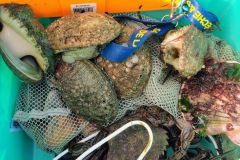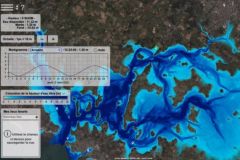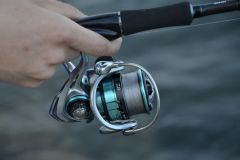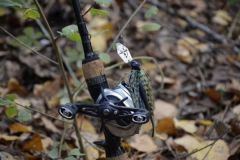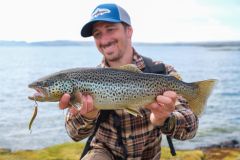Everyone knows that the ocean is subject to tides, under the influence of the moon, its level varies several times during the day. But we are not always aware of the importance and influence of the tides.
Coefficient and tidal range
Tidal coefficients are an indicator that ranges from 20 to 120. This value identifies whether the tidal range is large or small during the corresponding tide.
The tidal range is the difference in water height between low water and high water and the higher the tidal coefficient, the higher the tidal range and vice versa.
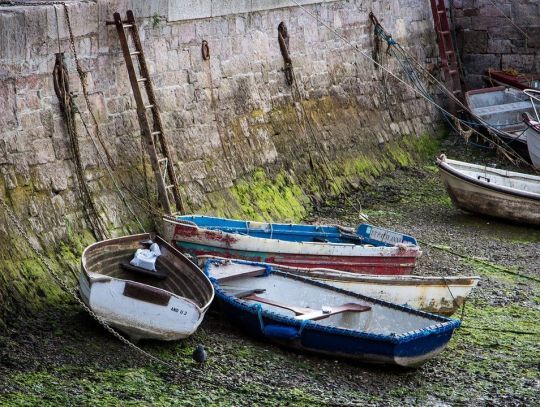
The volume of water displaced
The understanding of the notion of tidal range is then essential to understand the variation of the current intensities, from one day to another and even within the tide. Indeed, the greater the difference in water height between low and high tide, the greater the volume of water that moves.
Since this movement of water takes place in an identical time span (approximately 6 hours), regardless of the coefficient, the strength of the currents involved also varies.
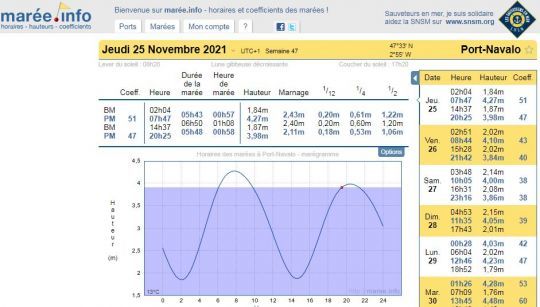
the 1/12 rule
During a tide, whatever its coefficient, the height of water (and therefore the volume of water displaced) varies:
- 1/12 during the first hour of tide,
- Then 2/12 during the second hour,
- And 3/12 in the third hour.
Then the phenomenon is reversed and the water height varies:
- Another 3/12 in the fourth hour,
- Then 2/12 in the fifth hour,
- And finally 1/12 during the last hour, before moving on to the next tide.
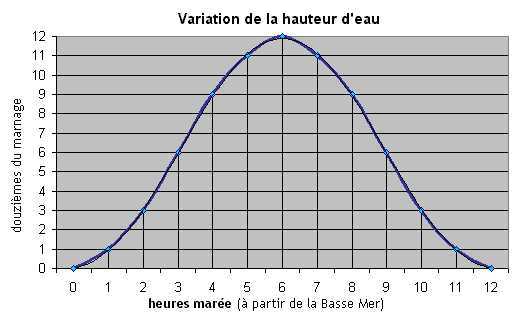
Current force and tidal moment
So if the volume of water displaced varies during the tide, so does the intensity of the current. At first it is weak at the beginning of the tide, then it intensifies to be at its peak in the central 2 hours before falling again.

Impact of coefficients on the fishery
The sea bass is a fish that likes the current and in a general way the current is beneficial to fishing, because it brings food or puts it in suspension. But from there to say that it is necessary to fish at such time of tide, there is a step that I would not crossâeuros¦
Indeed, the experience and the knowledge of the spots prove on the one hand that fish are sometimes unpredictable and bite when you don't expect them, but above all that all environments and spots work differently.
Some spots will be productive at ebb tide, others at flood tide, some at the beginning of the tide and others when the current is the strongest. But to go even further, some spots will only work with specific tidal coefficients while others will see their favourable moments vary according to the tidal rangeâeuros¦ In short, only the time spent at the water's edge allows to draw real conclusions, but in the absolute if you have to choose your vacations according to the tides, prefer coefficients between 70 and 100, they are the most regular.

 /
/ 


